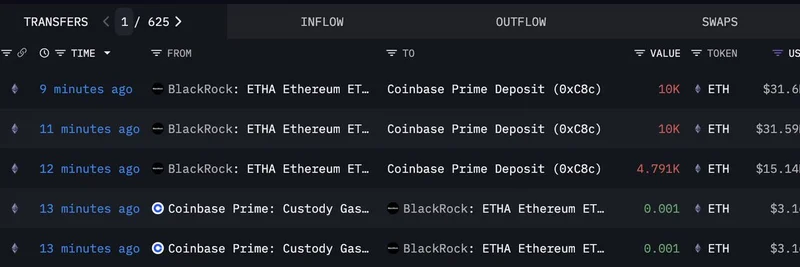Hey there, meme lovers and blockchain enthusiasts! If you’ve been scrolling through X lately, you might have stumbled upon a spicy take from chase 📱 (@therealchaseeb) that’s got the developer community buzzing. On July 4, 2025, chase tweeted, “All devs are now officially AI code reviewer slaves,” quoting Sahil Lavingia (@shl), who earlier noted that the bottleneck in coding isn’t writing code anymore—it’s reviewing it. With 87 open pull requests (PRs) piling up, it’s clear something’s shifting in the tech world. Let’s dive into what this means and how it ties into the wild ride of blockchain and meme token development!
Why Are Devs Feeling Like “AI Code Reviewer Slaves”?
So, what’s behind this dramatic statement? Back in the day, developers spent hours writing code from scratch and then manually reviewing it to catch bugs or improve efficiency. But with AI tools like GitHub Copilot, Claude Code, and others stepping up, the game has changed. These tools can now generate code, spot errors, and even suggest optimizations—tasks that used to eat up a ton of time. Sahil’s thread highlights a real pain point: with AI handling the creation, the bottleneck has shifted to the human side of reviewing all those AI-generated PRs.
Think of it like this: imagine you’re a chef, and suddenly a super-smart robot starts cooking meals for you. Great, right? But now you’re stuck tasting and tweaking every dish to make sure it’s perfect. That’s where developers are at—overseeing AI’s output instead of building from the ground up. And with 87 PRs waiting, it’s no wonder chase threw out the “slaves” label with a cheeky grin!
The AI Revolution in Code Review
AI isn’t just a fancy helper anymore—it’s a full-on collaborator. According to Swimm, AI code review uses machine learning to catch errors, boost performance, and even leave human-like comments. Tools like Bito and DeepCode are scanning massive codebases, saving time while improving quality. Plus, with large language models (LLMs) like GPT-4 in the mix, these tools understand code structure better than ever, making reviews faster but also more complex.
For blockchain practitioners working on meme tokens, this is huge. Projects often move fast, and buggy code can mean lost funds or failed launches. AI review tools could be a game-changer, ensuring smart contracts (the backbone of tokens like Dogecoin or Shiba Inu) are solid before they hit the blockchain. But here’s the catch—someone still needs to double-check the AI’s work, and that’s where the “slave” vibe creeps in.
What the X Community Thinks
The replies to chase’s tweet are a goldmine of opinions. Jordan (@yooara) quipped, “Weren’t they always?” suggesting devs have long been at the mercy of tools. Meanwhile, R◎NNY (@ronnyhaase) bragged about letting Claude write code and Copilot review it—calling it “purrfection!” It’s clear some devs are embracing the shift, while others, like chase, see it as a bit of a burden.
Even the wild card reply from Tara Dunn Said (@TaraDunnS) about profits and gratitude seems out of left field—maybe a bot or a confused user? Either way, it shows how diverse the X crowd is when reacting to tech trends.
How This Impacts Meme Token Development
At Meme Insider, we’re all about keeping you in the loop on how tech shapes meme tokens. AI code review could speed up development for projects like PepeCoin or Bonk, where quick iterations are key to staying relevant. But it also raises questions: Can we trust AI to catch every edge case in a decentralized system? And with devs bogged down reviewing, will innovation slow down?
The Adeva article points out that AI frees devs for creative work, which could spark wild new token ideas. Yet, InfoQ warns of integration challenges—context-switching between tools can disrupt workflows, especially in fast-paced blockchain environments.
The Future of Coding in 2025
As of July 5, 2025, it’s clear AI is reshaping software development—and meme token ecosystems along with it. Developers might feel like “slaves” to AI reviews now, but this could evolve into a sweet spot where humans and machines team up seamlessly. Tools like DevFlow, mentioned in InfoQ, are already hinting at unified workflows that could ease the burden.
For blockchain pros, staying ahead means mastering these AI tools while keeping a sharp eye on the output. Want to dive deeper? Check out our knowledge base for the latest on tech trends in meme tokens. What do you think—will devs break free from the AI review grind, or is this the new normal? Drop your thoughts in the comments!



